Micro OLED, is called as silicon-based OLED,is a new display technology for preparing active light-emitting OLED devices on monocrystalline silicon sheets. Its biggest feature is unlike the glass substrate used in conventional LCD and OLED screens, the substrate of Micro OLED is a monocrystalline silicon wafer; Micro-OLED can display a smaller OLED area on the basis of maintaining a similar resolution level, which makes microoled with a higher pixel density (PPI), and has the advantages of making the display thinner and shorter, less power consumption, self-lighting, and high luminous efficiency, perfectly used in AR, VR and other display wearable devices.
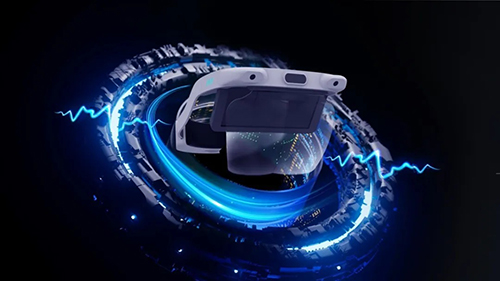
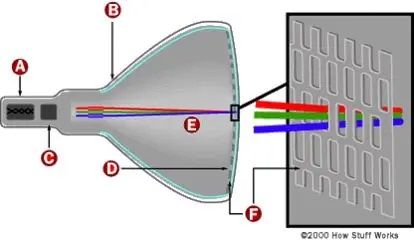

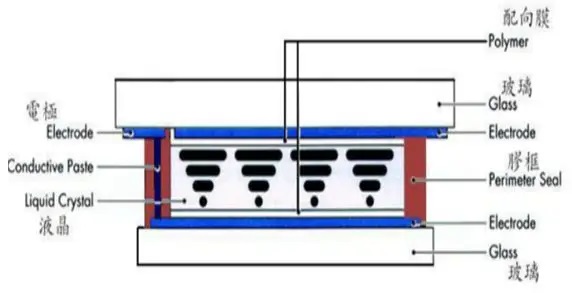
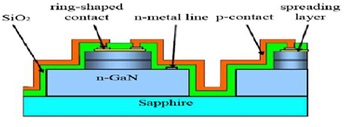
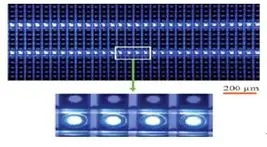
Taking the monocrystalline silicon semiconductor as the substrate, the CMOS driver circuit composed of tens of millions of transistors is integrated in the semiconductor, and the top layer of the CMOS driver circuit makes OLED organic light emitting diode, which is a miniature display device with high resolution and small size.
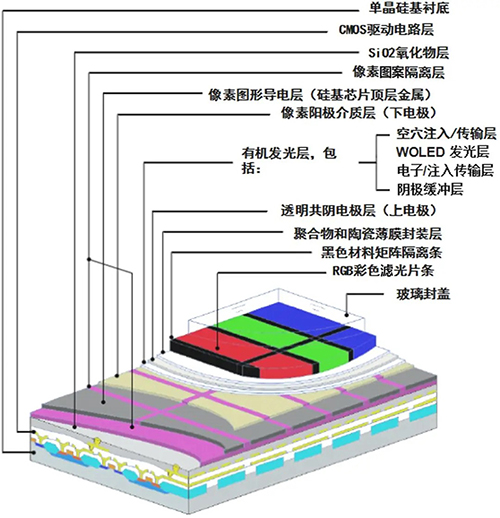
Micro-OLED microdisplay is based on monocrystal silicon Wafer as the backplane, which has the characteristics of self-illumination, thin thickness, light weight, large viewing Angle, short response time and high luminous efficiency. Moreover, it is easier to realize the excellent characteristics of high PPI (pixel density), small size, easy to carry and low power consumption. It is especially suitable for AR/VR display devices such as heads-up display, stereoscopic display and eyeglass display.
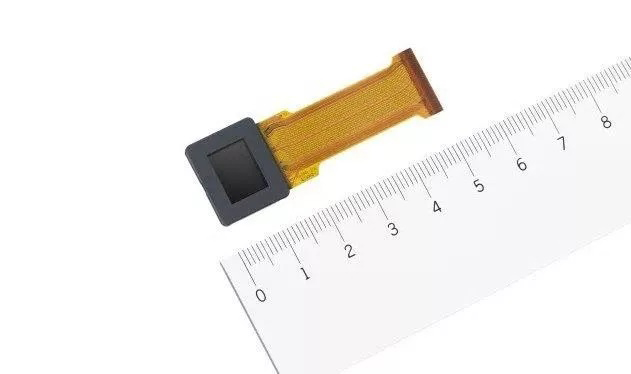
The substrate chip adopts mature integrated circuit technology and can be manufactured by IC foundries. The manufacturing yield is much higher than the current mainstream LTPS (low temperature polysilicon) technology.Using monocrystalline silicon, high mobility, stable performance, longer life than AMOLED display;
The 200mm×200mm OLED evaporation packaging device can meet the manufacturing requirements (that is, compatible with 8-inch wafer size), unlike AMOLED which needs to pursue high generation production lines. OLED microdisplays are small, very portable, and the near-eye display effect provided by their small size and it can be comparable to large-size AMOLED displays, and the comparison with other microdisplay technologies is as follows:

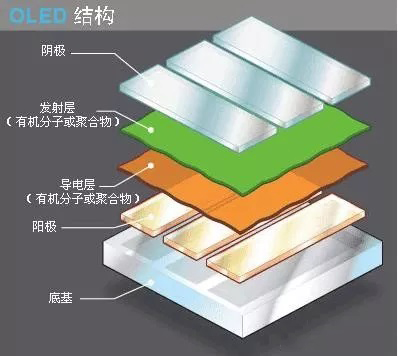
Micro-OLED can be switched on and off quickly, with a switching speed of up to a millionth of a second, while LCD can be switched on and off at a thousandth of a second. In this way, not only can high frame rates be achieved, but also special modulation processes can be applied to improve image quality.

The Micro-LCoS display is not self-luminous, requires light emission from an external light source and reflection from the backplane, consumes a lot of power, and the color contrast is only 1000:1. OLED microdisplays are based on organic light-emitting diodes, which are integrated on a silicon chip and are self-luminous, thus not only saving energy, but also achieving very high contrast ratios, above 10,000:1. In addition, the absence of a backlight also means that it is easier to build and requires fewer optical components.
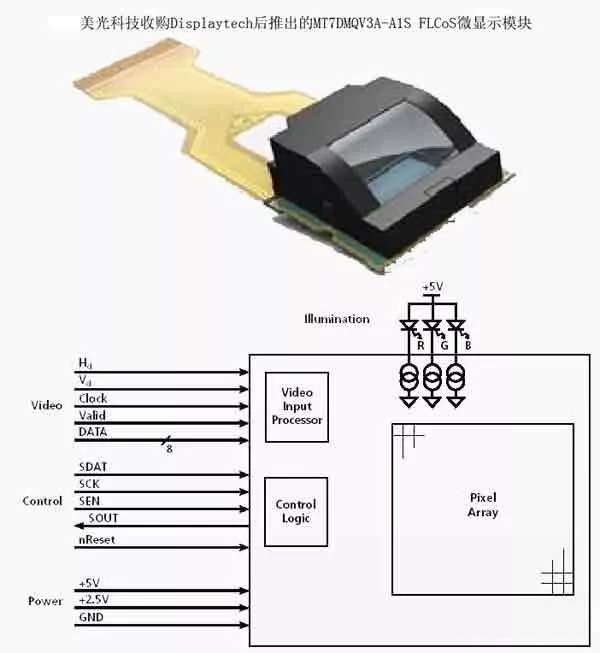
High contrast plays a very important role in the UI display of AR glasses. For example, if you want to achieve AR transparency, the perspective UI background needs to be pure black. The pixels of the pure black part of Micro-OLED can be achieved by not emitting light at the pixel points, so as to achieve complete black, which is completely transparent in AR glasses. However, because of the principle of the display, Micro-LCoS will always be backlit by an external light source, so it can not achieve a complete black display, and black will always be gray, so when the AR display perspective effect, there will always be a layer of translucent background, which can not be completely transparent.
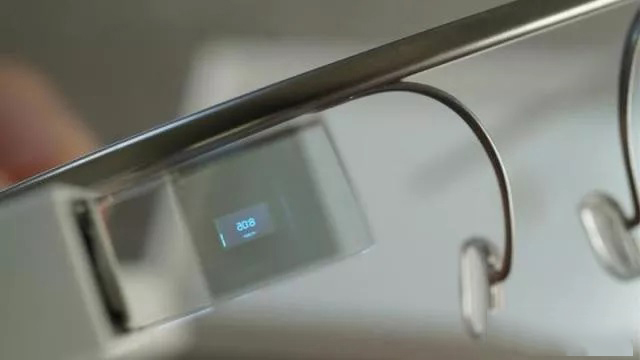
Google glass uses a miniature LCoS screen and you can see that the imaging background is not completely transparent
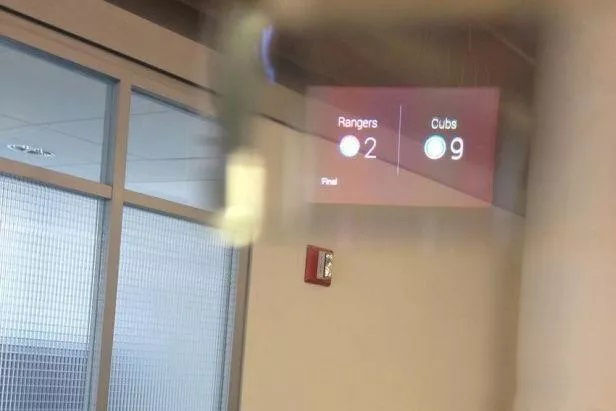
Take a closer shot of the LCoS screen effect, and it is clear that the background area is not completely transparent.
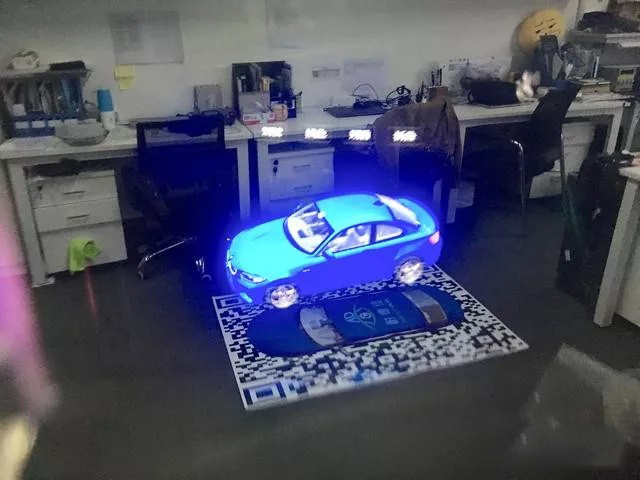
Micro-OLED products can not only be used in digital cameras and video cameras EVF(electronic viewfinder), night vision, telescopes, drones FPV(first person main view) and AR and other fields, there is a broad application space.
With the opening of the 5G era, VR/AR will become the key to the display of mobile scenes in the future. BOE will provide different levels of solutions such as Fast-LCD and Micro-OLED, and work together with industrial chain partners to promote the development of VR/AR industry.
Let VR/AR technology more quickly spread, drive product demand.
Contact: David
Phone: +8618665976986
Tel: +8675521563288
Email: [email protected]
Add: 305 Room A Buiding Huafeng International Robot Industrial Park Xixiang Bao'an